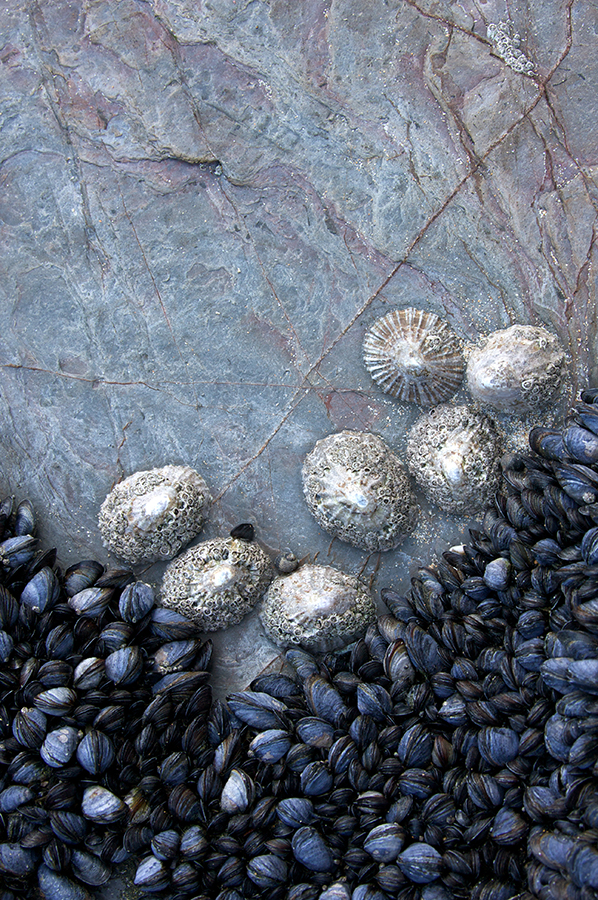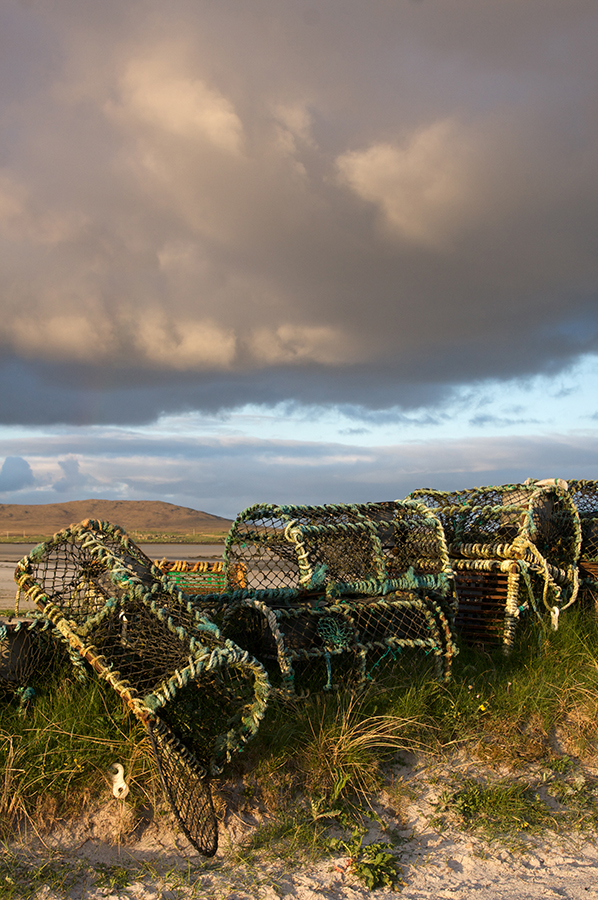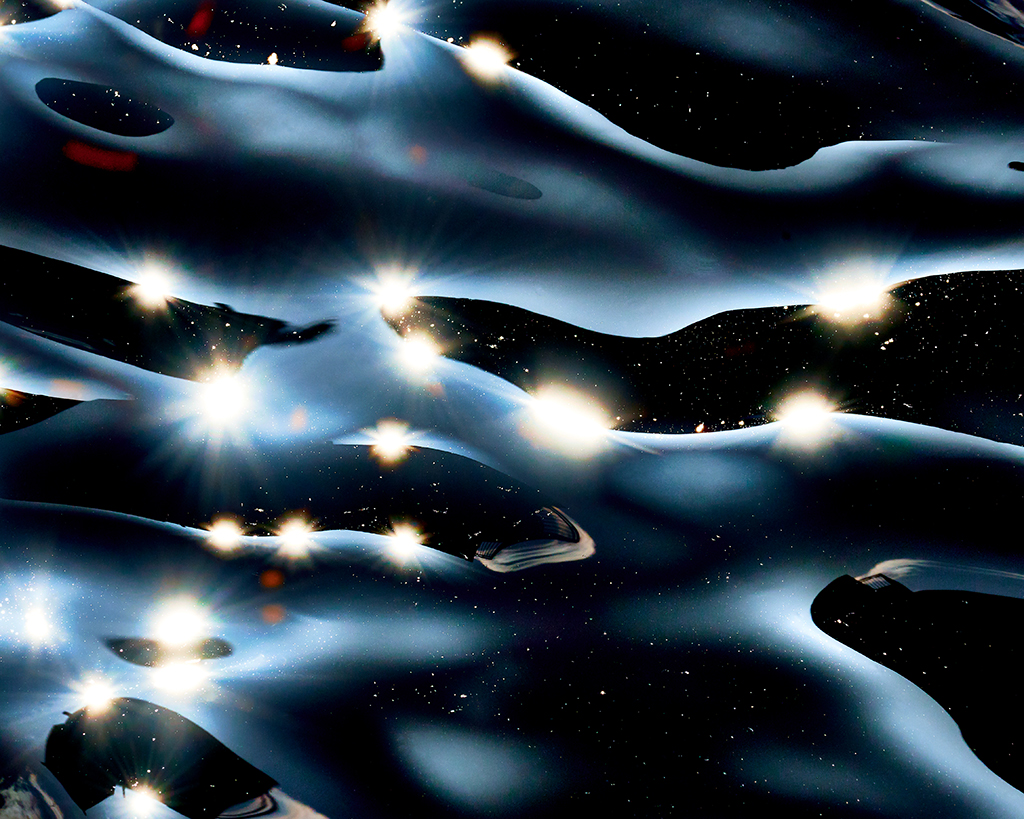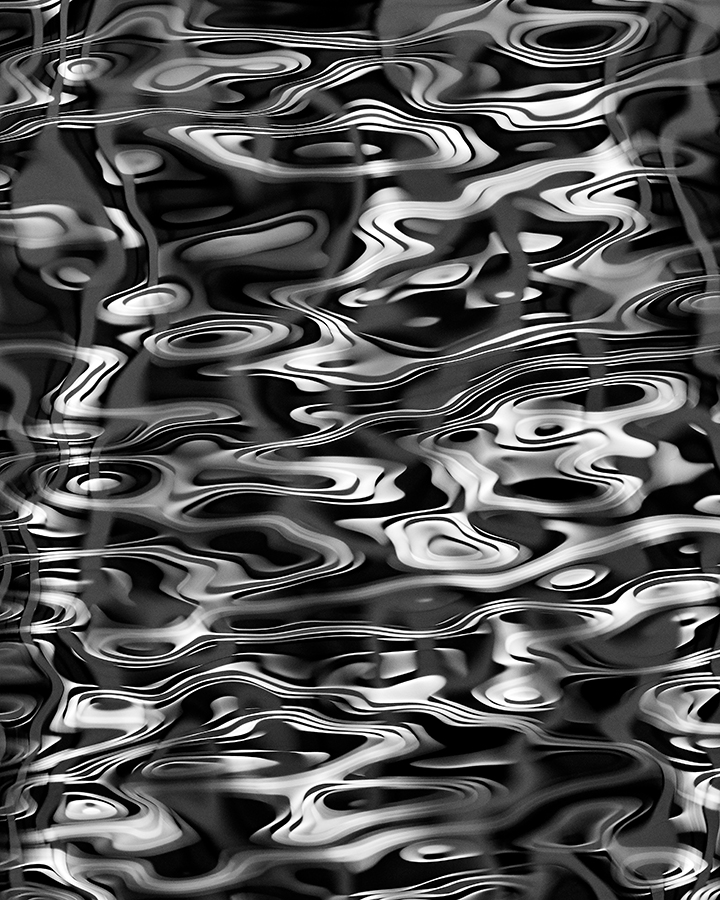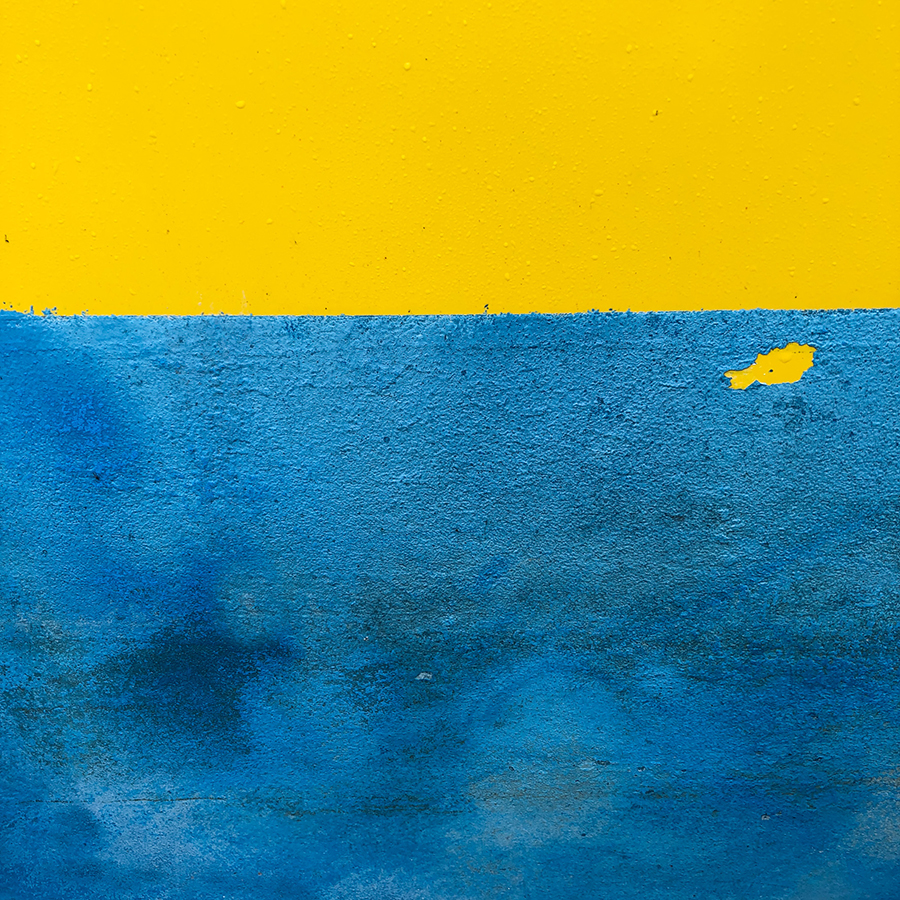How can mindfulness help with photography, creativity and mental health generally? Tracy Calder investigates and shares some practical suggestions
The word mindfulness can be a little off-putting to some. Ever since celebrities such as Ruby Wax, Oprah Winfrey and Madonna began extolling its virtues, there has been an explosion of books, apps, podcasts and television shows telling us how to eat, garden, paint, drink and even argue mindfully. But, ignoring the hype, what does mindfulness actually mean and what has it got to do with photography and creativity?
Well, for starters, it can help to substitute the word mindfulness for any of the following: awareness, observation, consciousness or acknowledgement. Mindfulness is a way of being rather than a goal or something to be earned or obtained. In fact, if you strip it right back, all it really means is paying attention to the here and now without getting side-tracked by thoughts, feelings or emotions.
It’s about acknowledging what is going on around you and inside you without passing judgement or becoming caught up in stories. Despite its roots in Buddhism, mindfulness doesn’t belong to any particular religion or philosophy, it doesn’t require you to sit on a floor cross-legged or twist your limbs into a pretzel shape while chanting ‘om’.
It’s not about relaxing or emptying your mind, and it’s not – despite popular belief – the same thing as meditation. Meditation (whether formal or informal) is a way of reinforcing, practising and cultivating mindfulness. Essentially, it provides the groundwork and encourages you to move out of ‘doing’ mode and into ‘being ‘mode.
Once in ‘being’ mode you become fully aware of yourself and your surroundings: you feel the breeze on your face, the ground beneath your feet, the sun on your skin etc. You also become more aware of the internal dialogue running inside your head: concerns about the past or future, feelings of boredom, disappointment or excitement.
When you’re in ‘doing’ mode, trying to meet a goal or attempting to be super-productive these thoughts can be distracting and all-consuming. But when you’re in ‘being’ mode, you’re able to observe this self-talk and remain detached from it.
Observe the monkey mind
Many creatives would argue that they are already mindful. Landscape photographers, for example, might trek for miles, camp in a remote location and then rise early to take advantage of the dawn light. There’s no denying these photographers will have paid close attention to the weather – for safety’s sake as much as anything else – as well as their own physical well-being and surroundings.
If you asked them later, they would probably say that they were completely immersed in their work and totally aware of what they were doing at all times. But if you could read their minds while they were actually out on location the reality would be quite different. The fact is, we all have a monkey mind.
This monkey mind likes nothing more than generating noise: thoughts, feelings and emotions that have little use or genuine value. This incessant noise is with us from the moment we wake up to the moment we fall asleep. In fact, it sometimes jabbers on in our dreams too! It wouldn’t be so bad if this internal narrative was full of positive affirmations. If we went around saying, ‘Creativity is in my DNA’ in our minds every day, this monkey mind might actually be useful.
Instead, our monkey mind loves to conjure up mistakes or future concerns and fill our head with them at the most inopportune moments. You might be standing at the foot of a mountain admiring its magnificence when your monkey mind suddenly shrieks, ‘You should have got here earlier, now you’ve missed all the best light.’ Try as you might, you can’t silence this voice, and it begins to taint your experience.
Quit the judgements
Whether or not you’re aware of it, you are constantly judging and evaluating your experiences. You could argue that this is a useful survival technique – after all, setting up your tripod on a windswept beach and scolding yourself for not bringing your waterproof gloves will help you to remember them next time. But this is not the monkey chatter we’re concerned about. No, the monkey chatter we’re talking about fills your head with judgements.
‘There’s no point taking this picture if you don’t have a wideangle lens,’ it suggests. ‘If you hadn’t spent all of your money on the vet’s bill then you would have been able to afford one.’ Or perhaps ‘The picture you took last year was much better than this – you should’ve stayed at home and cleaned out the fridge.’
This chatter does two main things: firstly, it takes your awareness away from your direct experience – you are no longer in the present; instead, you are lost in thought and only half awake. Secondly, it takes up valuable space in your head – and when there’s less space, there’s less room for creative ideas to flourish. Trying to silence this monkey mind is impossible.
If I told you not to think about a penguin dressed in a rah-rah skirt, I’m sure you’d picture this poor aquatic bird in full cheerleading attire. No, you can’t silence this monkey, but you can quieten it down and, in doing so, make more room for creativity. The first step is to become aware of your thoughts, feelings and emotions as and when they arise. The second step is to ensure that you don’t judge these thoughts – however tempting it might be.
When you become aware of a thought, feeling or emotion, just acknowledge it and gently let it go. Ultimately, your job is to become an impartial witness to the workings of your own mind. If you can, try to adopt an air of curiosity. Be patient with yourself. If you find that your mind chases after an emotive thought such as, ‘Dave at the camera club is a better photographer than me,’ then don’t beat yourself up about it. As soon as you realise that you have strayed from the path, you are back to being mindful.
Look for the gaps
If you’re struggling to tame this monkey mind it can help to bring your attention to a physical sensation, such as the breath. Each time you inhale, drawing air into your body, experience it moving in through your nose and out through your mouth. Be curious. Is the air that enters your nostrils warm or cold?
Are you breathing into the chest or into the belly? Is there a pause at the top of the in-breath or the bottom of the out breath? (Remember, no judging!). Don’t alter the natural rhythm of your breath, just observe it. If your mind wanders a thousand times, then bring it back a thousand times. It really doesn’t matter. What matters is the noticing.
If your concentration starts to wane, try counting each breath cycle – see if you can get to ten without getting distracted. If not, start again at one. When you’re done, let your mind wander. Awareness of the breath is a well-known mindfulness meditation, but you can apply a similar approach to other body sensations too.
Try bringing your awareness to just sound, for example. Once you’ve honed your mindfulness skills you can use them on that pesky monkey mind! In time you’ll find that paying attention to the present moment, without getting side-tracked by thoughts, feelings and emotions, will result in a calm mind and more headspace.
And when gaps in the clouds appear, you might find that ideas, perceptions and insights break through like beams of sunlight. When you recognise these gaps as opportunities for clear seeing, there really is no limit to what you can achieve or create.
Mindful photographer
Mike Curry
‘For me, the main benefit of having a mindful approach to photography is its meditative qualities – I’m literally meditating when I get “in the zone” and as a sufferer of PTSD I find that hugely relaxing and a great way to reduce my anxiety levels. To adopt a mindful approach, I think you’ve got know your kit inside out so that using it isn’t a hindrance to your artistic flow. A good example of what I mean is rooted in my karate training.
Our sensei (teacher) used to make us repeat our kata (detailed patterns of movement) again and again so that their form would be so rooted in our memory that we didn’t need to think about what came next. If we apply the same approach to photography, the camera “disappears” and we can concentrate on being creative.
‘I start off slowly when approaching a new scene, but momentum steadily builds, and soon I’m fully immersed in picture taking. When this happens, I’m entirely focused and can spend hours with one scene – taking up to 3,000 pictures – until my concentration is broken, usually by something prosaic like hunger or thirst! I never examine the results on my LCD screen as I prefer to look at them on my Mac at home.
Discovering photographic “gems” afterwards is such a joy, and I don’t mind if no one else likes them – the fact that I enjoyed creating them is enough for me. It’s important to enjoy the process.’
www.mikecurryphotography.com
Instagram @mikecurryphotography
Mindful photographer
Mel Collie
‘Using photography to aid a mindful approach to living has enabled me to see without labels, to question, to notice and to slow down. Suddenly the detail is there. It brings everything into focus, not just the thing I’m looking at. I notice the warmth of the sun on my skin, the cry of a gull, people chatting in the distance, the contact of my feet to the ground, the light changing as the clouds move. It’s an act of tuning in, letting go and removing the constraints in order to see more and look less.
‘Human beings have taken huge leaps forward in the world of technology and yet we are essentially animals governed by evolutionary programming that stretches back to the dawn of life. When these drives and impulses are left unchecked, they can lead to so-called “modern world” disorders such as stress, anxiety and depression.
For me, photography is a tool to help me remain present. It captures a moment in time as the brain has perceived it. A moment of being still, slowing down, noticing the details that we often overlook.
‘Adopting a mindful approach enables me to be in this moment without living in imagined future worries. Photography is essentially a tool that I use to access my mind and thoughts. It shows me what I am seeing in a flash of perception. It interrupts the mental noise. Using photography in this way enables me to step back in time, detangle, unthink, accept imperfections, appreciate what is. As a result, the everyday world becomes a joy to play in.’
www.melcollie.co.uk
Instagram @melaniecollie
Exercises for mindful photography
All mindfulness meditations and exercises should begin by observing the breath
Consider connection
John Muir once stated, ‘When we try to pick out anything by itself, we find it hitched to everything else in the universe.’ Use this as a starting point and take a picture that shows the interdependency of living things. Consider how a tree absorbs moisture and dissolved minerals from the soil, how the bark protects it from attack and how the trunk supports its limbs, for example.
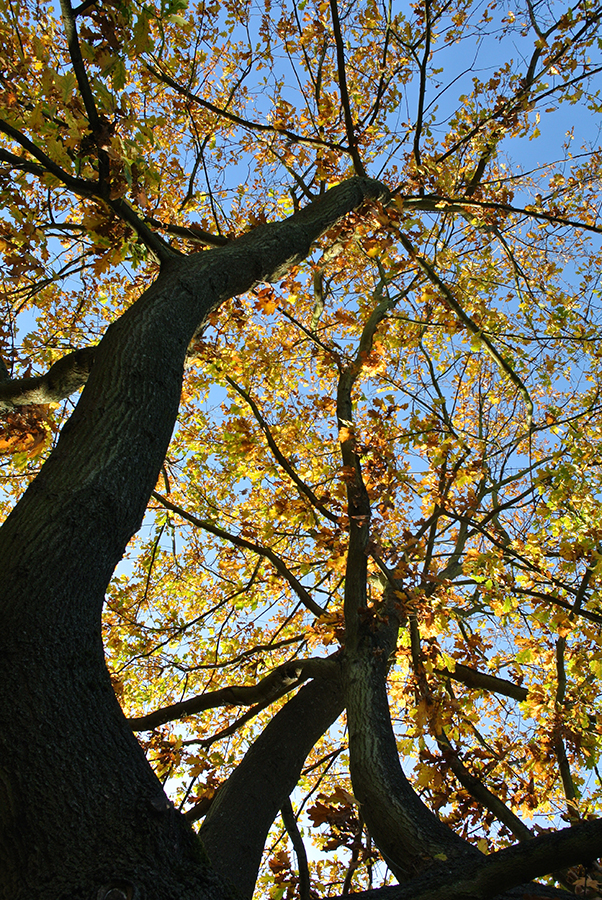
Enjoy imperfection
Wabi sabi is an appreciation of anything that’s imperfect, incomplete or impermanent. It’s noticing a crack in a vase and ignoring traditional views of what is beautiful – if the vase leaks it’s admiring the shape created by the pool of water underneath it. Let go of traditional ideas of beauty or perfection and take a picture that celebrates wabi sabi.

Move past boredom
Boredom is a label that we apply to objects and experiences that we are overly familiar with. Think of an example and set about turning the familiar into the unfamiliar. Adopt a beginner’s mind and imagine that you are encountering your chosen object (or experience) for the first time. Observe it from all angles. If you feel restless, just notice and sit with it.

Welcome transience
Every moment is unique, and when we bring our attention to our body or immediate surroundings, we can see that life is in a state of flux. There are examples of change everywhere you look – rotting fungi, rivers carving out fresh paths, clouds shifting and blocking out the sun. Find something that is undergoing obvious change and use your skills to celebrate its metamorphosis.

Study light
Paying attention to light can be the basis of a wonderful mindfulness meditation. Look at the way it illuminates certain objects but throws others into shadow. Consider the quality of light in a scene as well as its direction, colour and how it emphasises texture. Think about how light affects your mood and any feelings it might trigger. Now take a picture that illustrates what you’ve discovered.
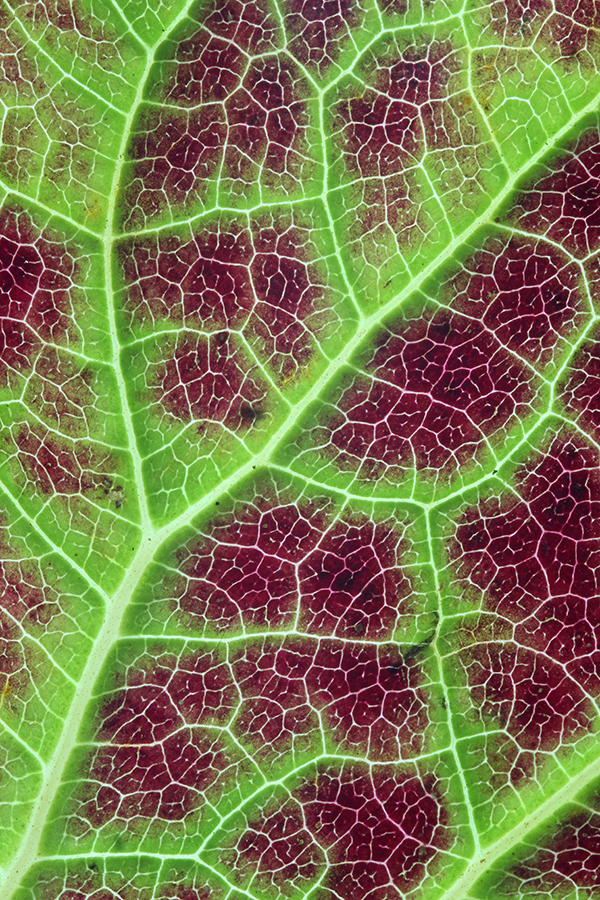
Explore space
Despite its name, negative space is actually full of potential. In Japan, short pauses in conversation, gaps in traditional flower arrangements and silences in kabuki theatre are so loaded with meaning that they have a name, Ma. Make ‘negative’ space the
subject of your photograph. Open your eyes and look for energy in the space between or around objects.

Related articles
How photography can help your mental health



